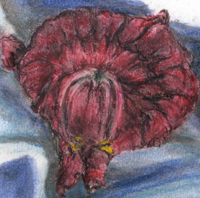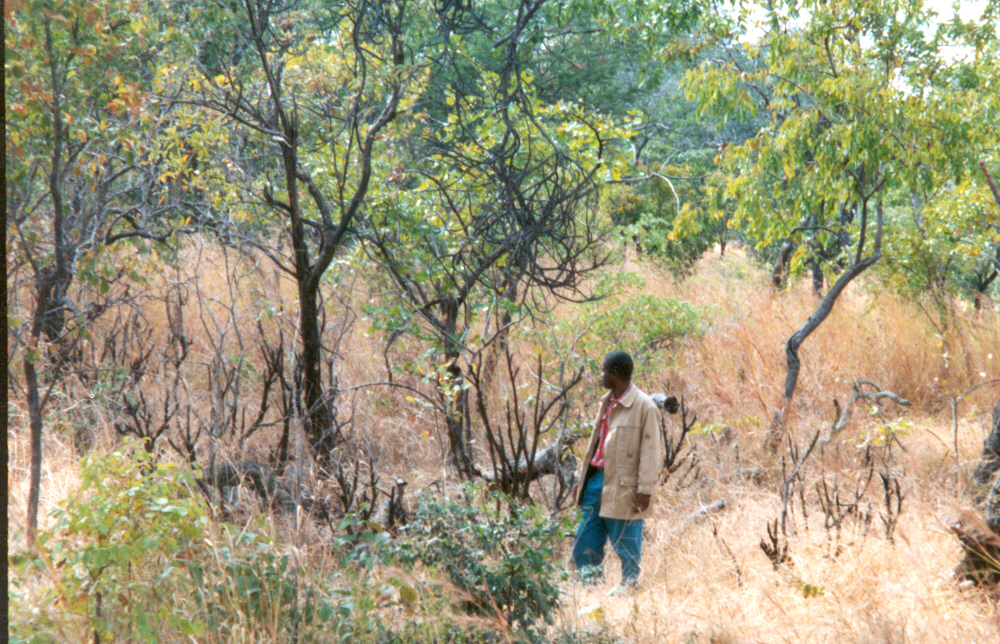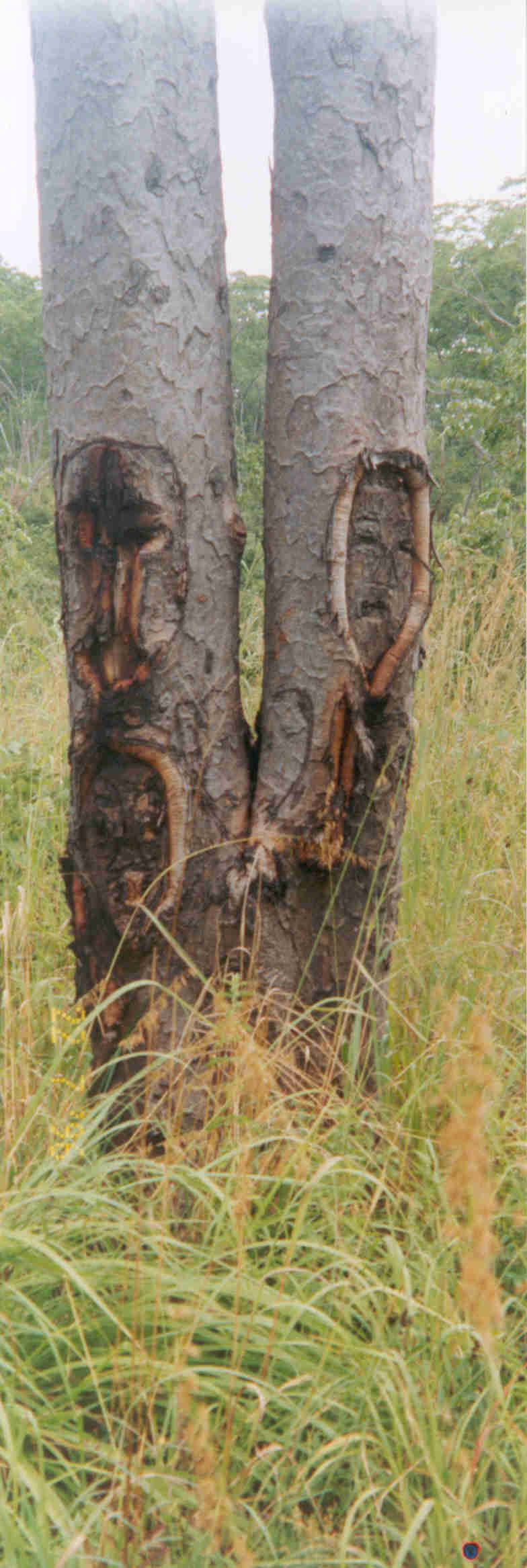| MIOMBO QUIZ |
 |
| - Name the products special to miombo trees that are indicated by red arrows - Give a market price for the product and an idea of its importance in the household - Mouse over the arrow for a picture of the finished product and more info |
 |
| NOTE: PRICES BASED ON 2000-2005 DATA; PER CAPITA ANNUAL INCOME WAS $302 |
| MIOMBO SPECIES NAMES: Local - Scientific names in tables (420Kb) Scientific - Local names (Word 333Kb) |
| Photos: Cecilia Polansky |
| MORE MIOMBO QUESTIONS AND INFO RESOURCES BELOW PHOTO |
| MARKET STUDY OF MIOMBO PRODUCTS NTFP Market Study from Zambia 2001 (pdf 4Mb) |
| WHAT ARE MIOMBO WOODLANDS? |
 |
| (FROM: Miombo Forum FAQ) |
| WHAT COUNTRIES ARE HOME TO MIOMBO WOODLANDS? |
| WHAT HUMAN INTERACTIONS ARE CRITICAL IN DEVELOPMENT AND MAINTENANCE OF MIOMBO ECOSYSTEMS? |
 |
| Mouse over for answer -- do not click |
 |
| It is estimated that over 75 million people live within the miombo ecoregion and that the woodlands directly support the livelihoods of over 40 million people. A further 15 million people in towns and cities also depend on miombo products. (Bradley, P.N. and McNamara, K. 1993. Living with trees. Policies for forestry management in Zimbabwe. Technical Paper No. 210. Washington, D.C., World Bank) |
| HOW MUCH AREA IS COVERED BY MIOMBO WOODLANDS? |
| Lady Forester Home Page -> |
| ORGANIC, FAIR-TRADE HONEY from miombo woodlands |
| WORLD WILDLIFE FUND WWF Malawi Miombo site |







